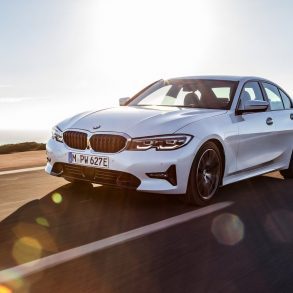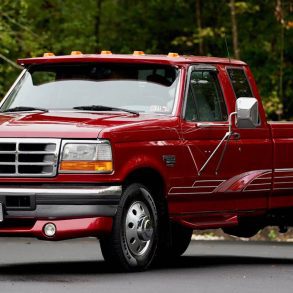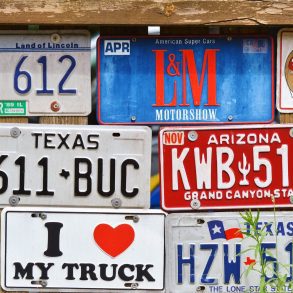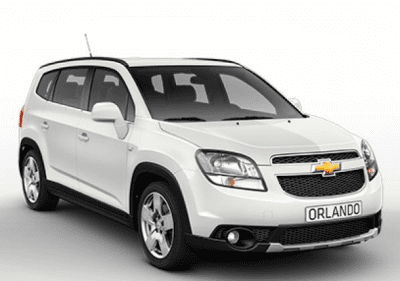 I recently wrote about GMs strategy for Opel, and I received encouraging support from a few readers, asking for more details on my views of GMs Global Brand Strategy. In this strategy, General Motors wants to build Chevrolet and Cadillac into global brands that are present in every country of the world, “Chevy” as a mainstream brand, “Caddy” as a premium brand.
I recently wrote about GMs strategy for Opel, and I received encouraging support from a few readers, asking for more details on my views of GMs Global Brand Strategy. In this strategy, General Motors wants to build Chevrolet and Cadillac into global brands that are present in every country of the world, “Chevy” as a mainstream brand, “Caddy” as a premium brand.
I personally believe that it’s a dead end to push a brand just for the sake of bragging rights; GM should let go of its focus on Chevrolet and Cadillac as global brands. They are American. Full stop.
Chevrolet’s image in Europe
Chevrolet is an historic American brand in the US and Canada, known for strong and durable pick-up trucks and large family cars. But in Europe, it’s a bargain-basement budget brand, selling cheap South-Korean small cars of lesser style and quality than competitors Hyundai and Kia. It has no heritage, no clear image and next-to-zero brand value. Compare that to cross-town rival Ford, which has had a presence in Europe since the beginning of the 20th century, selling cars that have been designed and built in Europe for Europeans. Ford is considered a European brand instead of an American brand, and it’s brand value is way above that of Chevrolet.
As mentioned in my article about Opel/Vauxhall, GMs local brands have something Chevrolet can never ever copy: brand heritage and a local “feel”. For Europeans, Chevrolet will remain Korea-made budget cars with a relatively unknown badge: less than 5% of Chevrolets sold in the continent are imported from the US, only Malibu, Volt and Camaro, the rest is built in South-Korea.
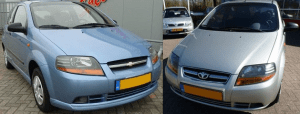
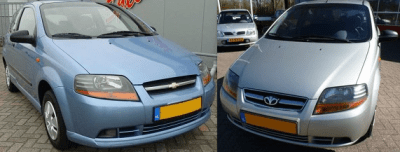 The reason for the image problem is that Chevrolet’s introduction in Europe in 2005 was a hasty job after General Motors had bought the bankrupt Korean budget brand Daewoo. All they did at first was sell the same cheap, low-quality Daewoo vehicles, but rebadged as a Chevrolet. That was supposed to let the tainted Daewoo name disappear as quickly as possible, and saved GM the trouble of setting up a Europe-wide dealer network for Chevrolet, all they had to do was change the signs. In the long run, this has proven a disastrous strategy as they never have been able to move the brand upwards.
The reason for the image problem is that Chevrolet’s introduction in Europe in 2005 was a hasty job after General Motors had bought the bankrupt Korean budget brand Daewoo. All they did at first was sell the same cheap, low-quality Daewoo vehicles, but rebadged as a Chevrolet. That was supposed to let the tainted Daewoo name disappear as quickly as possible, and saved GM the trouble of setting up a Europe-wide dealer network for Chevrolet, all they had to do was change the signs. In the long run, this has proven a disastrous strategy as they never have been able to move the brand upwards.
To be honest, they haven’t actually done much in order to accomplish that: in Europe, their cars are still not as refined, nor as technologically advanced (fuel efficiency is way off the mark), nor as stylish as their competitors, which are developed specifically for the European market and produced in Europe. Even Hyundai and Kia locally produce up to 90% of the vehicles sold in the continent.
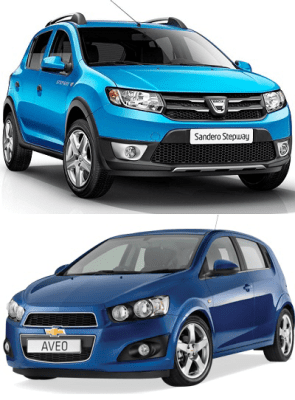 Having a vehicle line-up that’s not specifically developed for the market doesn’t have to be a problem, though. Around the same time GM rebranded Daewoo into Chevrolet, Renault re-introduced Romanian brand Dacia as a low-budget vehicle for upcoming markets worldwide, but decided to also give it a shot in Western Europe, to see if Europeans would accept lower refinement and lower content if the price was right. In 2013, Dacia is selling almost twice as many cars in Europe as Chevrolet does: 210.358 (up 19%) vs. 112.452 (down 19%) in the first three quarters.
Having a vehicle line-up that’s not specifically developed for the market doesn’t have to be a problem, though. Around the same time GM rebranded Daewoo into Chevrolet, Renault re-introduced Romanian brand Dacia as a low-budget vehicle for upcoming markets worldwide, but decided to also give it a shot in Western Europe, to see if Europeans would accept lower refinement and lower content if the price was right. In 2013, Dacia is selling almost twice as many cars in Europe as Chevrolet does: 210.358 (up 19%) vs. 112.452 (down 19%) in the first three quarters.
To add insult to injury, Dacia has only been introduced in the United Kingdom this year, and is already outselling Chevrolet year to date, and selling twice as many cars in October: 1.442 vs. a mere 700 for the American-Korean brand (in comparison: GMs other brand Vauxhall sold over 18.000 cars in October, almost 26 times Chevrolet’s volume). The marketing department at GM must be banging their heads against the walls for Dacia’s success. And despite its low pricing, Dacia is even Renault’s biggest money maker.
Cadillac’s image in Europe
Cadillac new Chief Marketing Officer Uwe Ellinghaus has said Cadillac needs to “find the unique selling proposition that sets it apart from the German premiums in particular but also others. We’ve got a global platform, individualistic styling. The products are better than ever.”
That may be so, but even when the products are on par with the Germans, a premium image doesn’t just fall from the sky. It has taken Audi 20 years and huge investments to move up alongside Mercedes-Benz and BMW.

 And Cadillac has another image problem: it’s American, and automobiles from the land of McDonalds and Walmart and are just not seen as premium in Europe. Period.
And Cadillac has another image problem: it’s American, and automobiles from the land of McDonalds and Walmart and are just not seen as premium in Europe. Period.
Mercedes-Benz, BMW and Audi have their German Engineering-roots and are well established around the world as premium brands. That not only gives them credibility, but also huge marketing power.
Cadillac has tried to crack the European market a zillion times already, failing harder from one attempt to the next. Even with better products, they will never make it.
Its American roots may work for the brand in North America, and possibly China and Russia, but they are more a burden than a benefit in Europe. Even with top quality products and more appealing design. Appealing to Americans, that is.
Should GM push its Global Brand Stragegy in Europe?
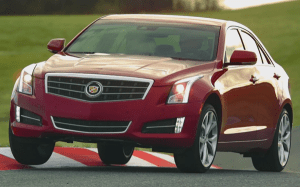
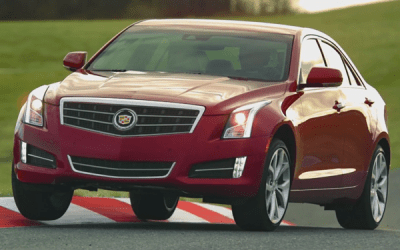 I think if General Motors wants Chevrolet as a volume player in the European market, they will have to market it as a budget-competitor against Dacia. Chevrolet should stop selling budget cars at mainstream prices; its price point should match its value proposal, that means GM should take it for the budget brand that it is in Europe, leaving room for Opel to be the mainstream volume brand.
I think if General Motors wants Chevrolet as a volume player in the European market, they will have to market it as a budget-competitor against Dacia. Chevrolet should stop selling budget cars at mainstream prices; its price point should match its value proposal, that means GM should take it for the budget brand that it is in Europe, leaving room for Opel to be the mainstream volume brand.
I do believe Cadillac wants and needs presence in Europe, even if it’s just for credibility of the brand, but it will remain an also-ran for years to come, and I’m not sure if that will benefit the brand more than it will hurt it. Advertising their vehicles face-to-face against the Germans, like they are doing with Cadillac ATS, might help the brand image in the US if (and only if) the product really is competitive. But actually competing with them on their home turf is a totally different ballgame, and one that could kick it in the back of the head and hurt the brand’s credibility at home if it fails.
The main thing that General Motors needs to do in Europe is decide what strategy they want to follow and then stick to it. And set reasonable goals. Management changes and an on-again-off-again representation do more harm to a brand than lackluster sales.


